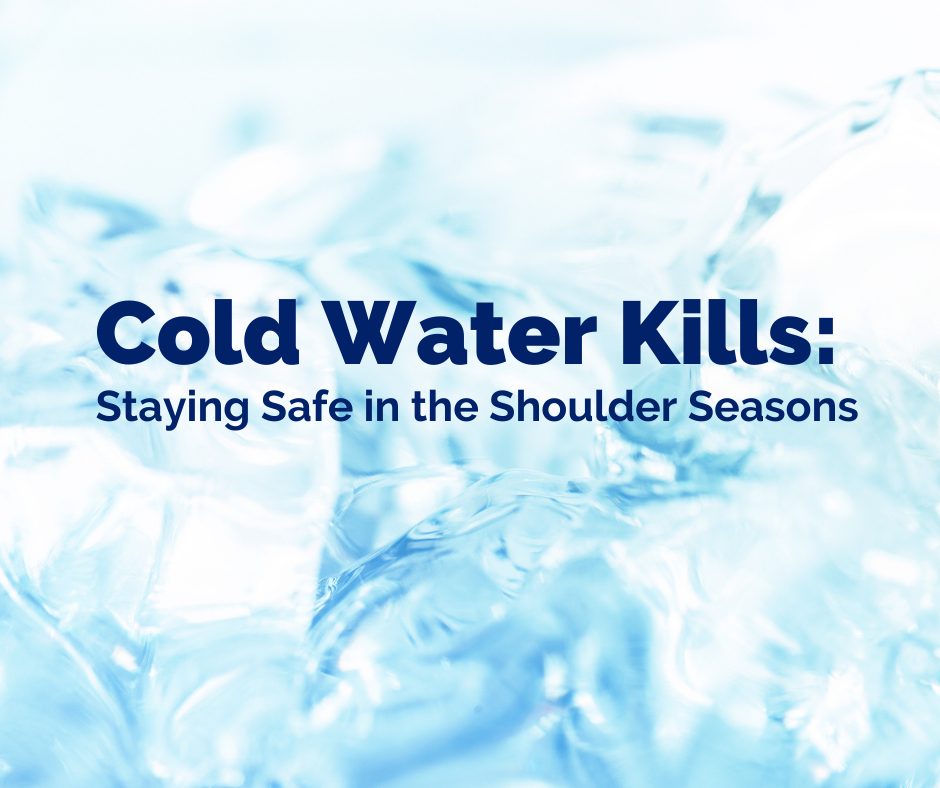
Here’s a reminder that with the changing seasons the water is much cooler and hypothermia is quick to set in. Before summer’s heat, and in the autumn season as we head toward winter, it’s important to remember that the shock of cold water is a serious, dangerous factor in any water recreation.
In Manitoba, the Lifesaving Society began a new campaign this September, drawing attention to just how quickly cold water immersion can turn fatal.
As Dr. Christopher Love, Water Smart Coordinator for Lifesaving Society Manitoba says, “Warmer weather allows us to extend cottage and boating season well into the fall, sometimes even up to Halloween. It is important to realize, however, that we are seeing increasing variability of fall weather, with cooler nights resulting in cold water in lakes, rivers and streams across Canada, despite the warmer days.”
“Cold shock is a very real concern for anyone falling into the water, and you can drown in seconds unless you have prepared ahead by wearing appropriate clothing and an approved lifejacket or personal flotation device.”
The 1/10/1 principle can help mariners understand the risks and stages of cold water immersion. It starts with one minute of cold shock, during which someone in the water has to work to control their breathing — this is why a PFD is so important, as it keeps people afloat during this first minute. Then, there are only 10 minutes of meaningful movement available before one’s body starts to become ineffective. After that, it’s one hour before hypothermia causes unconsciousness.
The Canadian Safe Boating Council has many informative videos on cold water immersion and what to do if you find yourself in this situation. They typically also host cold water workshops, currently on hold with COVID-19 restrictions. Be prepared now, so you aren’t caught by surprise as the days get colder.
For more information and resources, check out coldwaterkills.ca.
